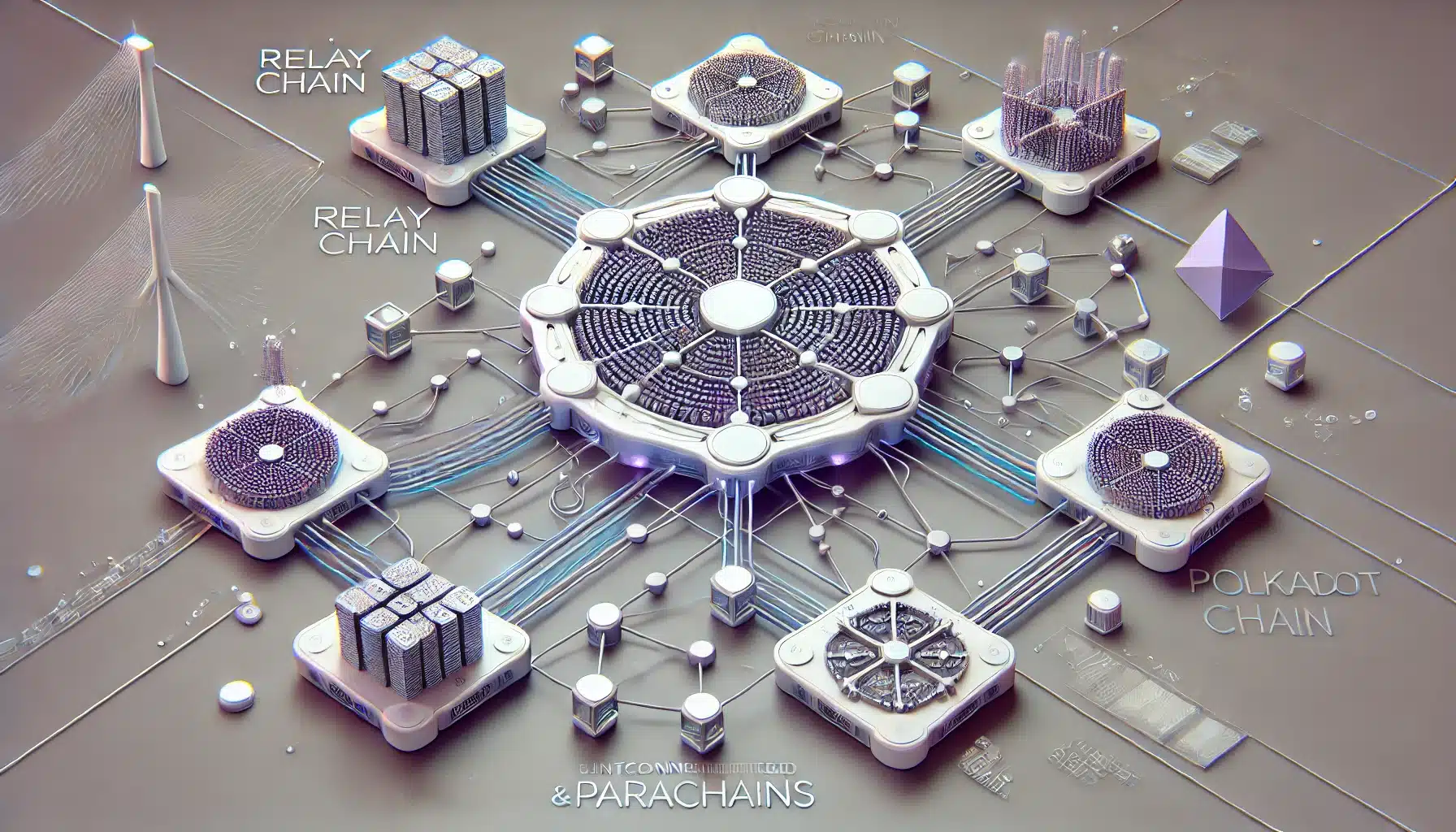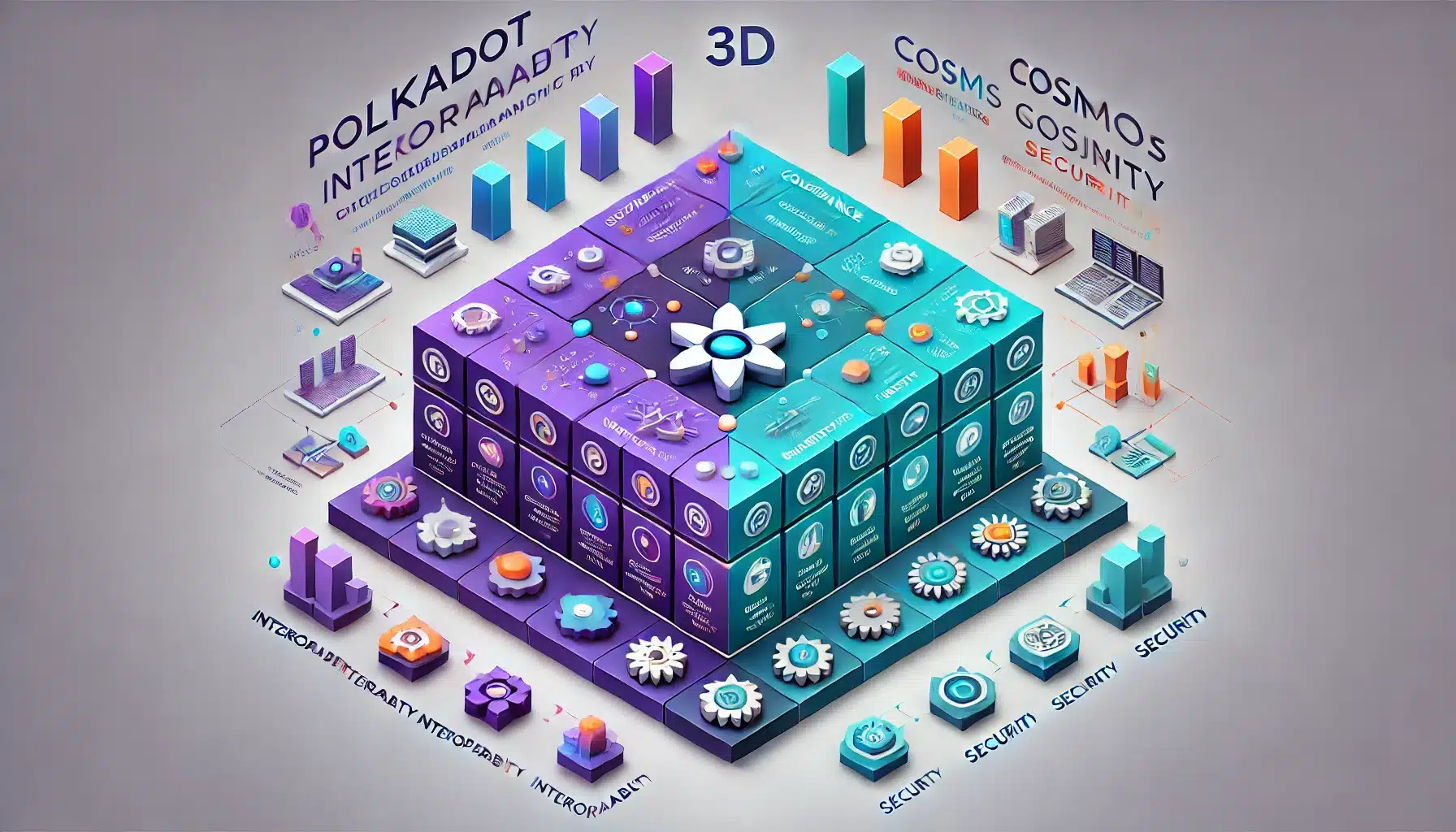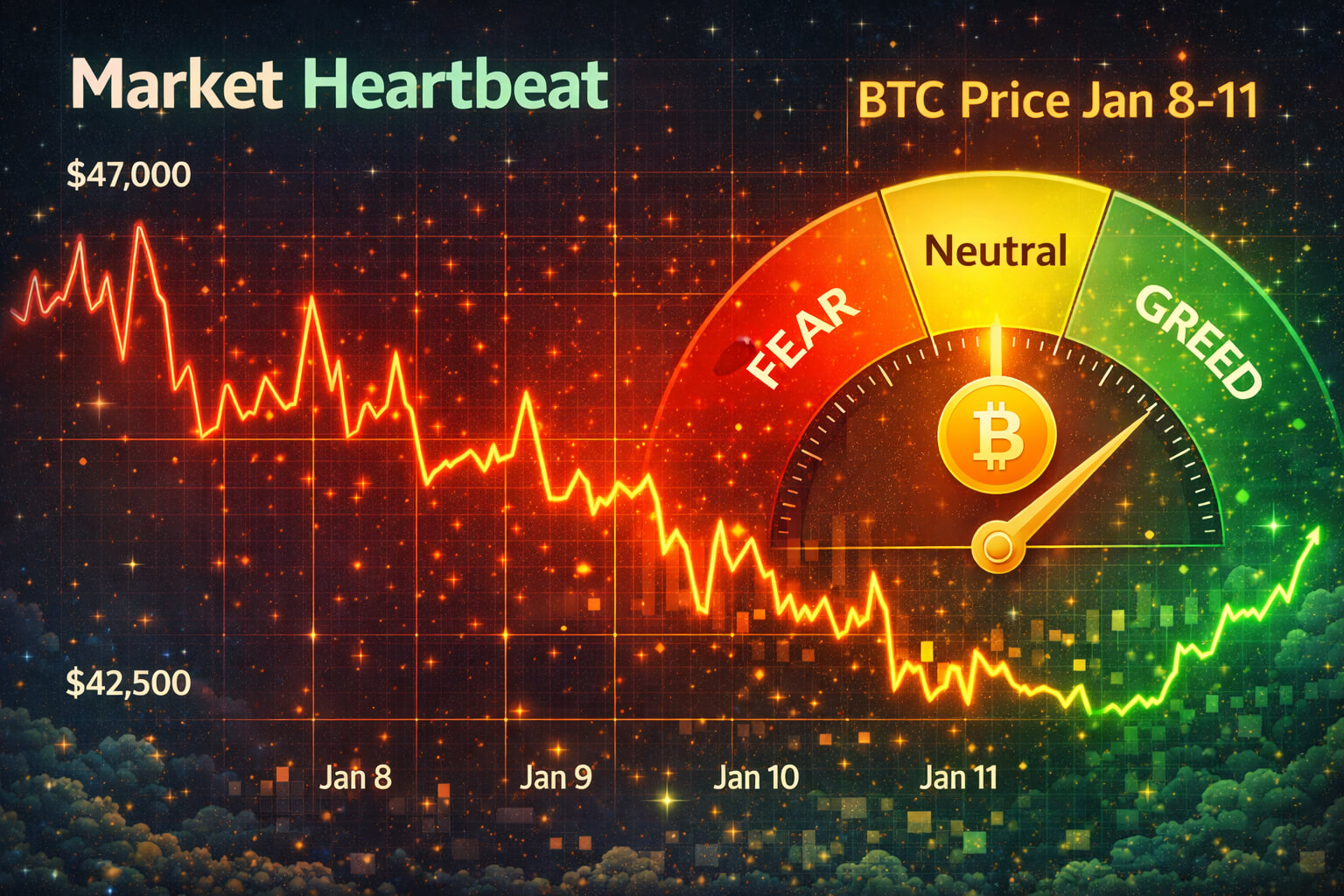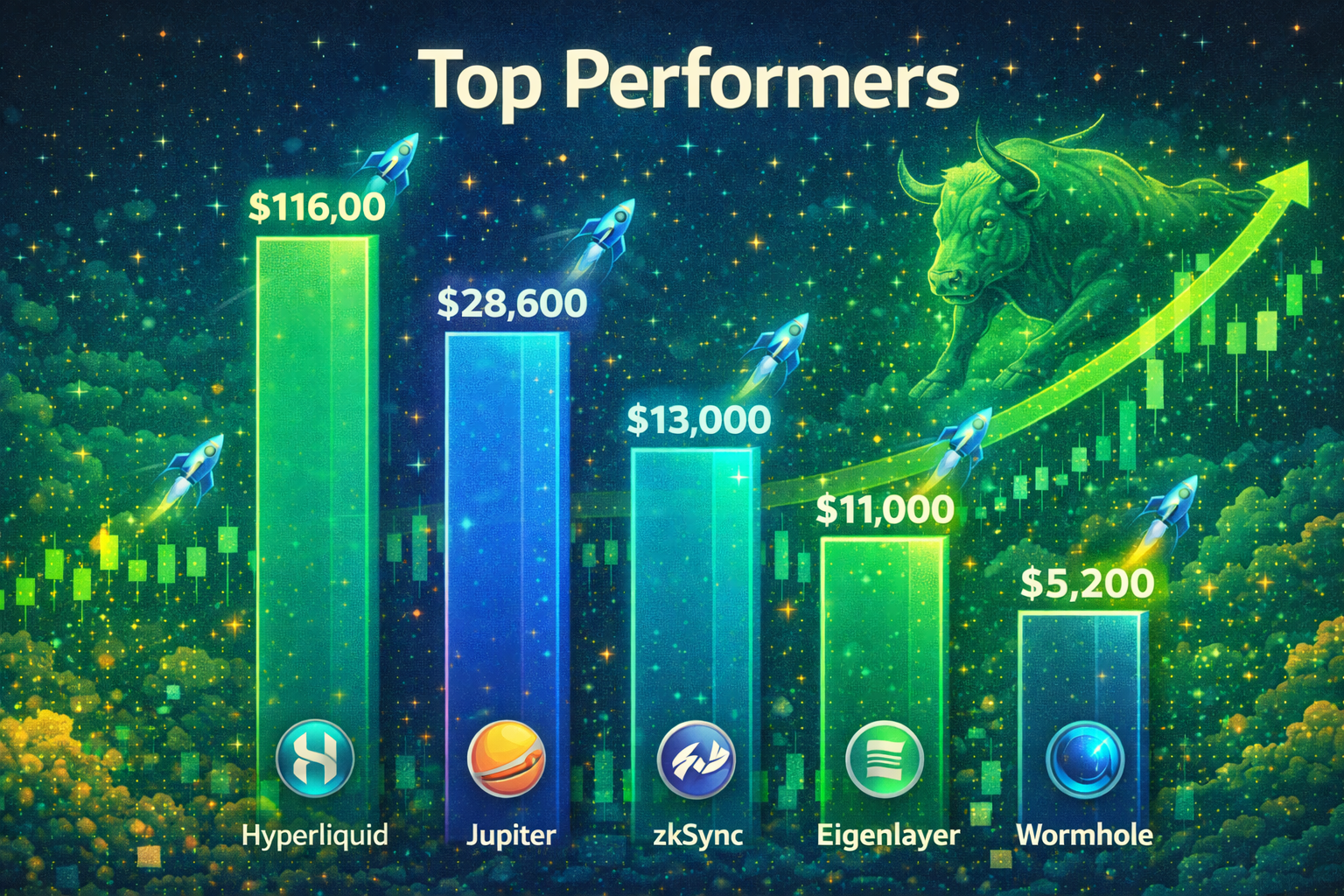The blockchain space is growing rapidly, but with that growth comes a big challenge: different blockchains often operate in isolation, unable to communicate or share data. This lack of interoperability limits the potential of blockchain technology, creating silos instead of a connected network. But here’s the good news projects focusing on interoperability are changing the game!
In this article, we’ll explore the leading projects like Polkadot and Cosmos that are making blockchain networks more interconnected. These platforms are pioneering new ways for different blockchains to communicate, collaborate, and scale, ultimately driving the future of
2. Polkadot: The Multi-Chain Visionary
What is Polkadot?
Polkadot, created by Ethereum co-founder Dr. Gavin Wood, is one of the most ambitious projects in the blockchain space. It’s designed as a multi-chain network that connects different blockchains, allowing them to operate together seamlessly. Polkadot’s core innovation is its relay chain, which serves as the central hub for all the connected blockchains, known as parachains.
- Key Features:
- Relay Chain: The heart of Polkadot, enabling cross-chain communication and interoperability.
- Parachains: Independent blockchains that can have their own tokens and be optimized for specific use cases.
- Bridges: These allow Polkadot to connect with other blockchains like Ethereum and Bitcoin.

How Polkadot Enables Interoperability
Polkadot’s architecture allows different blockchains to transfer data and assets between each other without the need for intermediaries. This interoperability is crucial for the future of decentralized finance (DeFi), enabling diverse applications to interact and share resources, which can lead to more robust and flexible ecosystems.
Special Offer
For an enhanced trading experience, consider Bybit. Sign up through our referral link to unlock exclusive rewards, including up to $30,000 in deposit bonuses, and elevate your trading journey.
3. Cosmos: The Internet of Blockchains
What is Cosmos?
Cosmos, often referred to as the “Internet of Blockchains,” is another leading project focusing on interoperability. Developed by the Tendermint team, Cosmos aims to create an ecosystem of blockchains that can scale and interoperate with each other. Its architecture revolves around the Cosmos Hub, which connects various blockchains (known as zones) using the Inter-Blockchain Communication (IBC) protocol.
- Key Features:
- Cosmos Hub: The central blockchain that coordinates and secures the network.
- Zones: Independent blockchains that connect to the Cosmos Hub, each with their own specific functions.
- IBC Protocol: A standardized protocol that allows blockchains within the Cosmos network to communicate and transfer assets.
How Cosmos Drives Interoperability
Cosmos provides a framework for building blockchains that can work together within a single ecosystem. The IBC protocol enables different blockchains to exchange value and data securely, making Cosmos one of the most practical solutions for cross-chain interoperability.
4. Polkadot vs. Cosmos: A Comparative Look at Interoperability
While both Polkadot and Cosmos focus on blockchain interoperability, they take different approaches:
- Architecture:
- Polkadot: Utilizes a relay chain and parachains to enable interoperability. Its bridges connect to external blockchains, facilitating cross-chain communication.
- Cosmos: Uses the Cosmos Hub and zones, with the IBC protocol as the backbone for interoperability within its ecosystem.
- Scalability:
- Polkadot: Prioritizes scalability through its parachain model, allowing each connected blockchain to be optimized for specific tasks.
- Cosmos: Focuses on creating a network of sovereign blockchains that can scale independently but still interact through the Cosmos Hub.
- Flexibility:
- Polkadot: Offers flexibility through parachains that can be tailored to specific use cases and connected to other blockchains via bridges.
- Cosmos: Provides flexibility by allowing developers to build custom blockchains (zones) that can interact with others using the IBC protocol.
5. The Future of Blockchain Interoperability
The concept of interoperability is critical for the future of blockchain technology. As more blockchains emerge, the need for seamless interaction between them will become increasingly important. Projects like Polkadot and Cosmos are leading the charge by providing the infrastructure necessary for a connected and efficient blockchain ecosystem.
- Why It Matters:
Interoperability can unlock new opportunities in DeFi, supply chain management, healthcare, and beyond. By enabling blockchains to work together, these platforms can drive innovation and adoption across various industries.
Interoperability as the Key to Blockchain’s Future
As we move into 2024, projects focusing on interoperability, like Polkadot and Cosmos, are setting the stage for a more interconnected blockchain world. Whether you’re a developer, investor, or blockchain enthusiast, understanding these platforms can help you navigate the future of decentralized technology. By enabling different blockchains to work together, these projects are not just solving current challenges, they’re shaping the future of the entire blockchain ecosystem.
Follow us on Twitter and join our Telegram group to stay informed about the latest trends in blockchain interoperability and more!

















